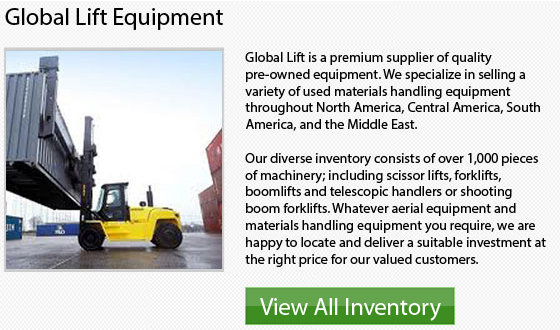
There are 7 different classes of forklifts offered on the market. Several categories, including I, II, III and IV are particularly designed and engineered to be used indoors on smooth surfaces. They could be chosen for particular aspects of recycling that occur in those kinds of settings. For more intensive outdoor recycling applications, Class VII and V forklifts are typically used.
Numerous companies have some or all of their applications outdoors and need to handle workloads considered extreme. Their forklift selection would gravitate toward Internal Combustion equipment in Class VII and Class V. These units work really well in any weather conditions and have an adequate amount of power to run heavy objects during the course of a shift.
One more key factor to take into account is to operate a forklift safely. Knowing and acknowledging the center of gravity is necessary when operating a lift truck, especially when traveling on uneven terrain. Knowing the stability triangle in these tough work conditions is also very important.
Manufacturing operations, warehouses, and the supply area for numerous textile firms may have various kinds of reach trucks. Using a reach truck to stock finished goods on pallets, a variety of supplies and other pieces of machines is common. These kinds of machines help in keeping a facility organized and allow them to utilize the maximum amount of area by stacking vertically. Reach trucks are quite easy to utilize. They can help make better use of both available storage space and time.
It is highly better to purchase a new lift truck if you are going to need the lift truck for 4 to 8 hours per day. With such continuous use, the warranty alone could come in handy. If, however, you are just unloading and loading on a bi-weekly basis or not very often, then a second-hand unit could be suitable for your requirements. Each and every situation is different and you must evaluate your individual requirements before choosing a suitable machine.